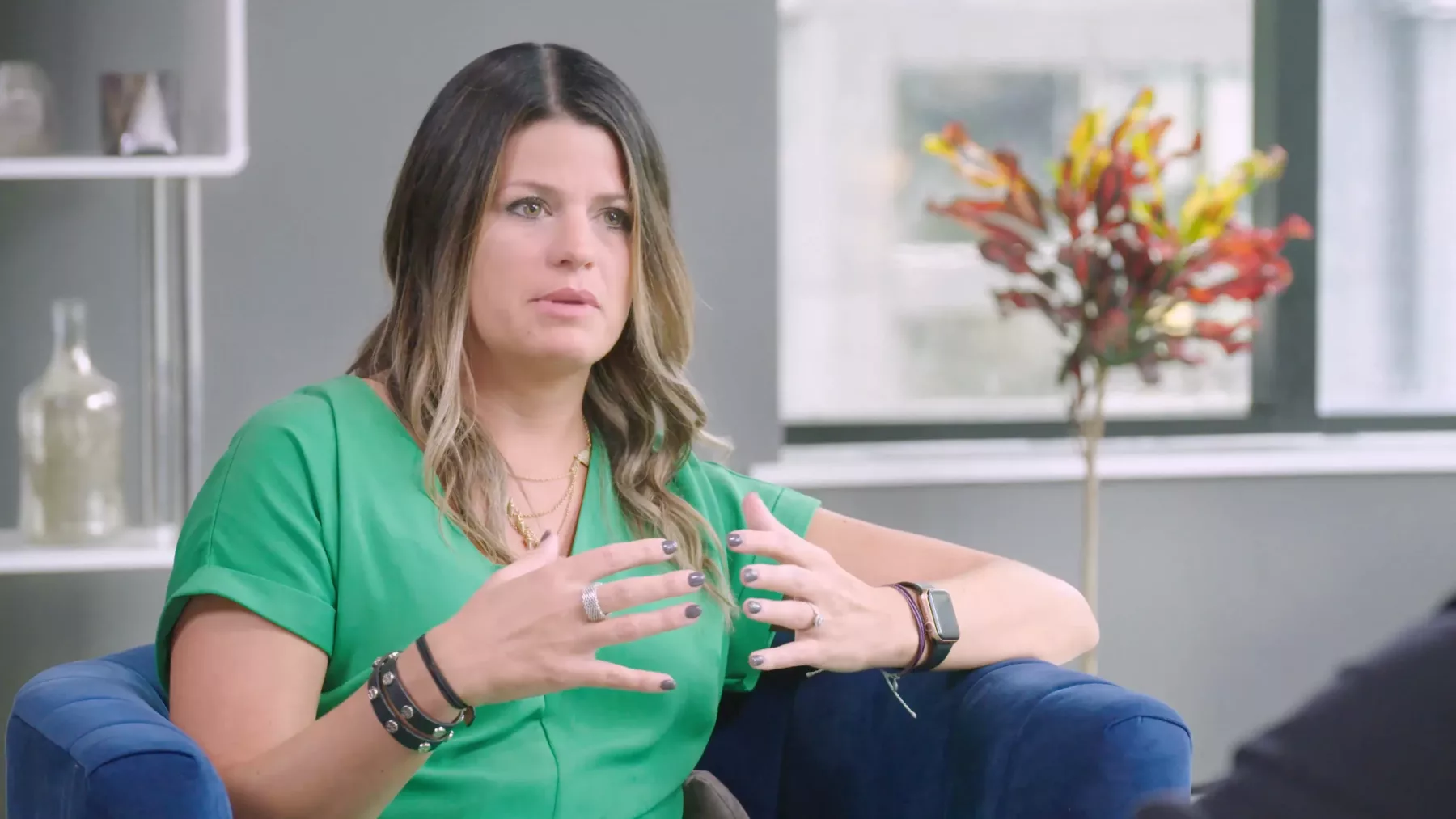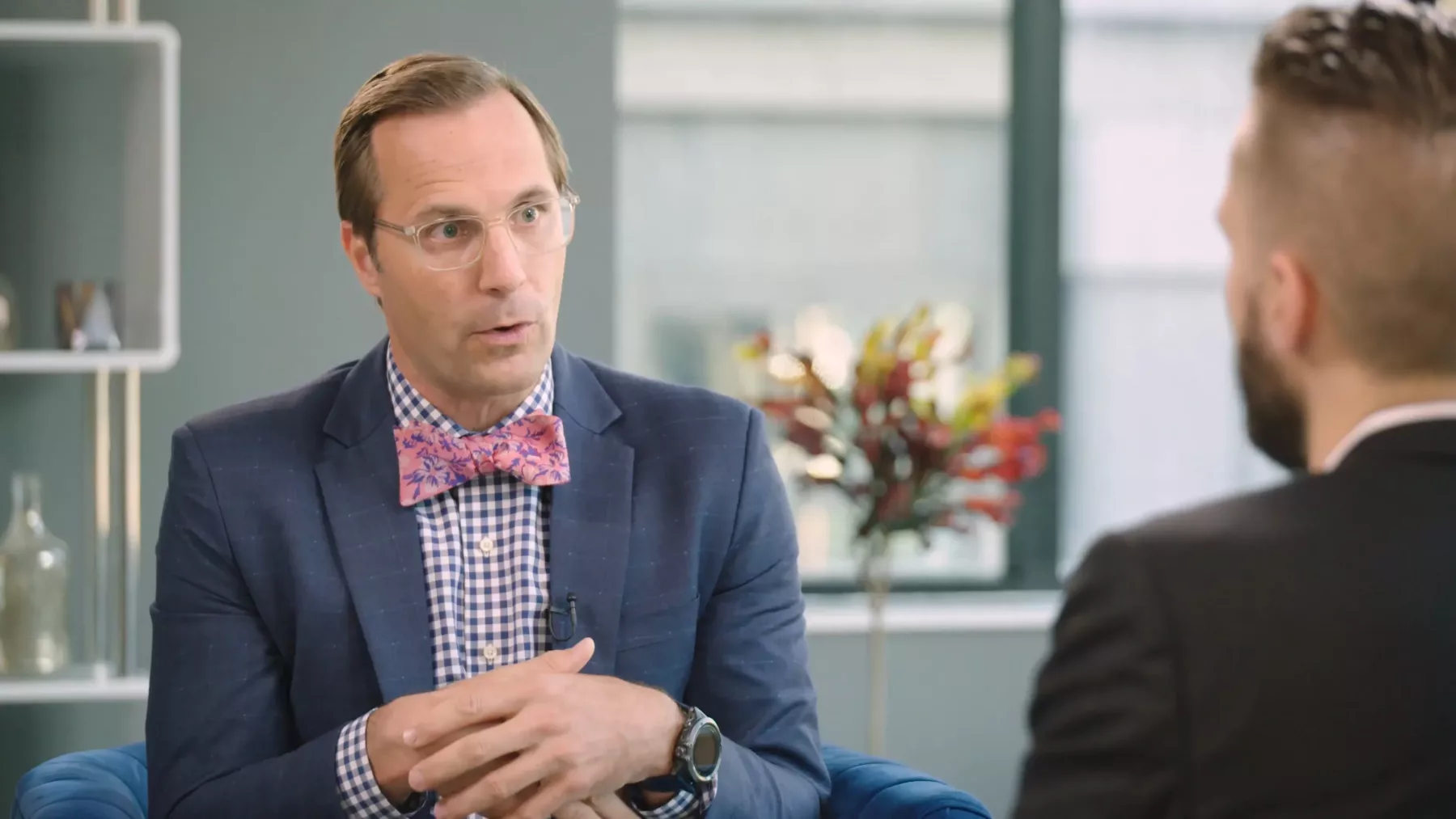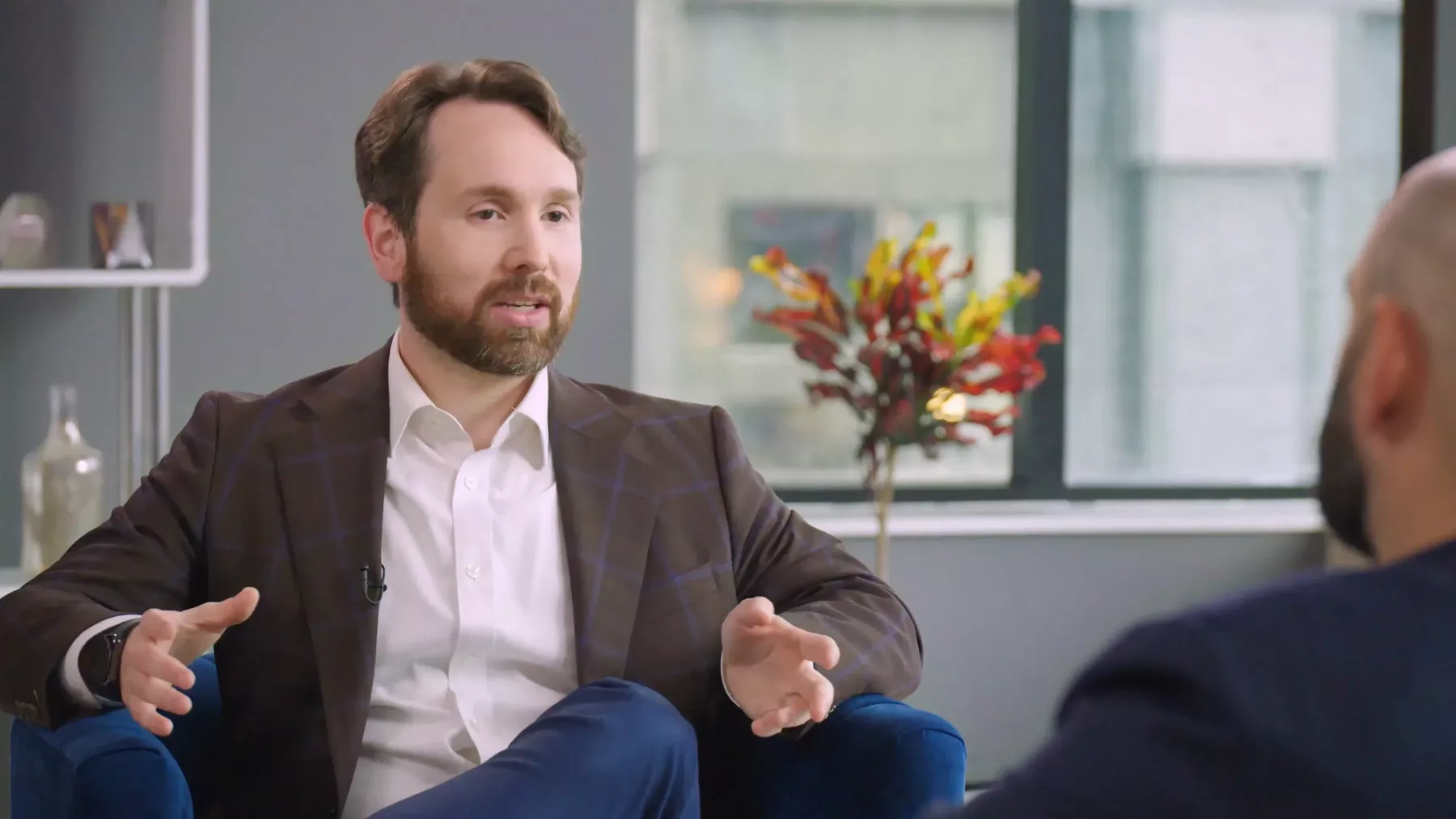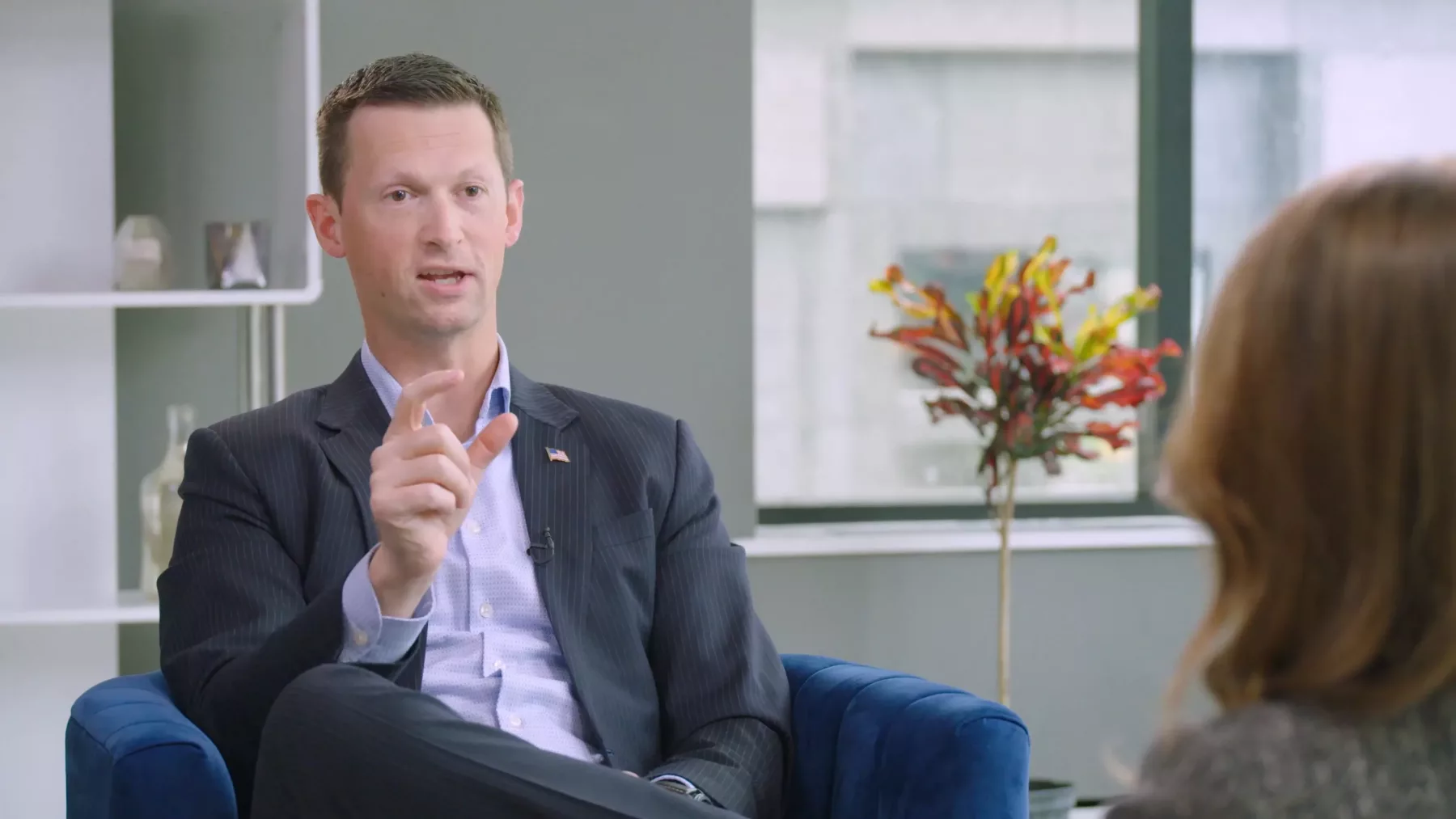The future of healthcare, according to industry leaders
From value-based care payment models to SDoH innovations, here’s what healthcare experts expect in 2023 and beyond
If anyone has a finger on the healthcare industry’s pulse, it’s the people at the top of cutting-edge organizations taking on risk-based contracts, value-based care, and population health challenges.
In this article, gather insights from medical organizations’ top innovators, from KLAS VP of Value-Based Care and Core Solutions Bradley Hunter — an expert on changing trends and regulations — to Becky Trotter, CareAllies’ Director of Population Health Solutions.
With a variety of different backgrounds and roles, these healthcare leaders share a common goal: improving cost and performance for healthier patients and healthy business models. Read on to learn more about their predictions for the future, and how you can translate this wisdom into action today.
Value-based care payment models & whole-person health
Value-based care encompasses several payment models, but in the end, it translates to whole-person care. Think: screenings, preventive care, and early interventions that keep more expensive (and detrimental) problems from cropping up down the line. As Will Daines points out: what’s not to love? But as Meghan Tortora mentions, it’s a challenge best undertaken with evidence and data to point the way forward.

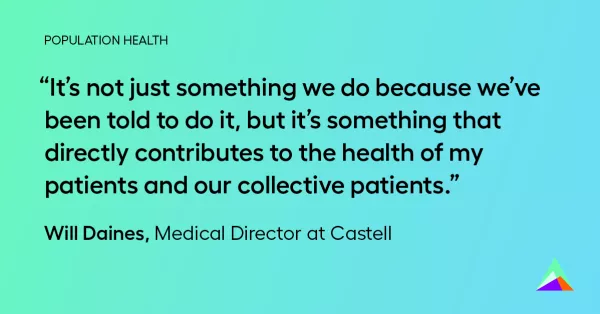
The importance of a tailored regional approach
Fine-tuning your approach to the regions you serve is critical, whether you’re an ACO or working strictly under fee-for-service. As Becky Trotter points out, the best approach is often bespoke — tailored to each group’s unique needs, and not a universal checklist.

Healthcare’s changing landscape
The COVID-19 pandemic shook healthcare as we know it, but change was already afoot before the first diagnosed case. Bradley Hunter and Shawn Dubravac have especially valuable perspectives, a bird’s-eye view of what’s happening industry-wide. What’s coming next? Overdue modernization, Dubravac argues, and more recognition of risk-based contracts’ potential, says Hunter.
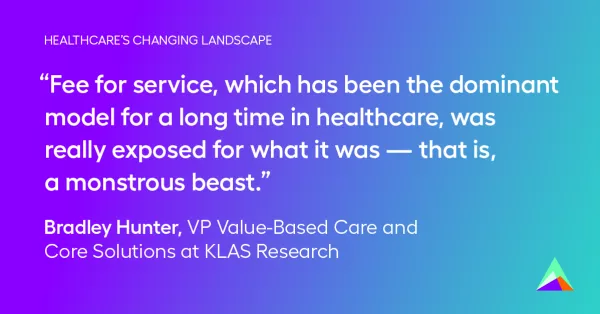

Automation and outreach
Automated outreach and communication accomplishes several things. First, as Michelle Francis notes, it gives organizations a better picture of their patient population. Secondly, it increases the likelihood of attendance for appointments. And third, it generates trust. When it’s done right, it’s done with the help of robust data, which gives providers and care managers the context they need to intervene effectively.
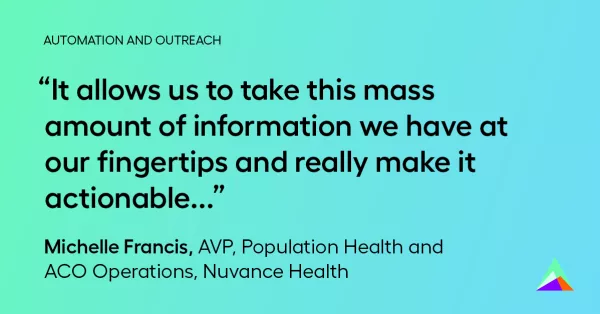
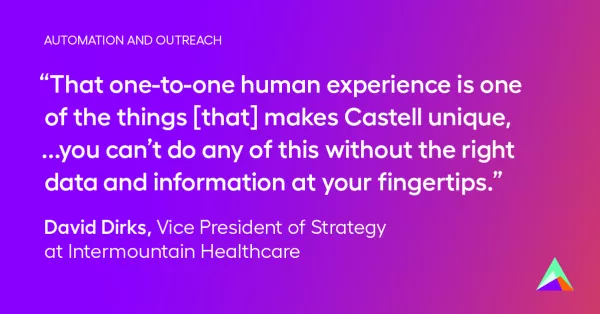
SDoH & vulnerable populations
One major talking point in 2022? Social determinants of health, also known as SDoH. It’s high time that healthcare acknowledged the social factors impeding people’s access to care, and as Elise Kohl-Grant points out, a large part of bridging these gaps is empowering patients to own their care journey. These impacted groups can be some of the hardest to track, so up-to-date data is of utmost importance.
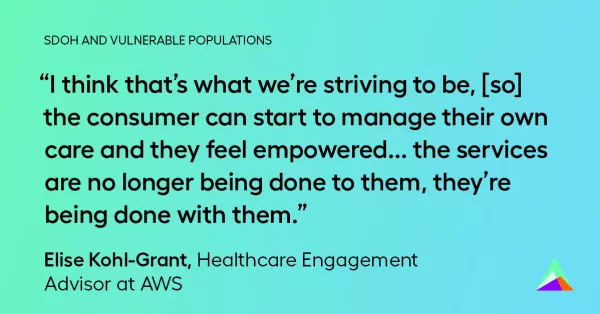

Risk-based contracts
The “risk” in risk-based contracts isn’t a misnomer. As Hunter states, it takes an audacious healthcare organization to take it on, but with a firm commitment (and a lot of high-quality, actionable data), it’s not as scary as it might seem.
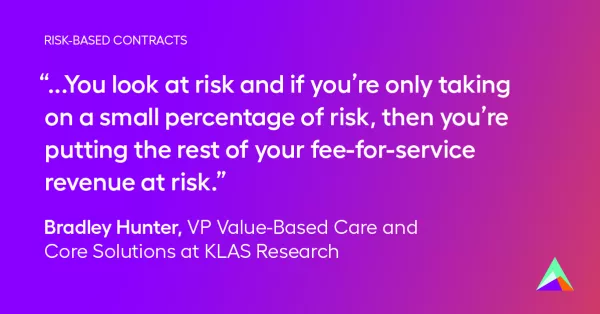
Population health
For administrators and providers that tend to diverse populations, this is an essential takeaway: great population health starts with empathy. It informs novel, innovative programs (like Umpqua Health’s program to distribute air filters during Oregon’s wildfires), and it helps gain support from employees at every level.

Want to stay up-to-date as new healthcare industry trends emerge?
These topics played a critical role in healthcare’s 2022 evolution, and they’ll continue to shape the field in 2023 and beyond. To learn more about what the experts are saying check out the latest season of The Schema, a series featuring the brightest minds in healthcare. To keep a pulse on the intersection of data and meaningful action throughout the year, subscribe to Vitals webinar series or Data Bytes newsletter.


